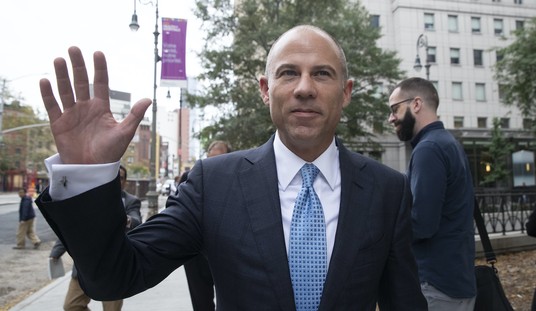At six years old, my eldest son has rotating career aspirations. Like most young boys, his ambition cycles between things like astronaut, firefighter, police officer, and such. Once in a while, he’ll drop doctor into the mix. When he does, I reflect on the sad fact that, if things remain on their current course, I will not be able to recommend or encourage that particular impulse.
Investment in the necessary education doesn’t make much sense in an environment where earning capacity is being thwarted by evermore intrusive government regulation. Why would I advise my son to put himself through eight to ten years of school, racking up hundreds of thousands of dollars in student loan debt, only to come out the other end being told by less educated bureaucrats what he can “fairly” charge for his services?
A few doctors are fighting back against that trend by extricating themselves from the insurance system altogether. They’re going “cash-only,” accepting payment with credit and debit cards but not accepting insurance. CNN Money reports:
The fee [at a practice offering unlimited routine visits] varies depending on age. For kids, it’s $10 a month. For adults up to age 44, it’s $50 a month. Senior citizens pay $100.
The office has negotiated deals for services outside the office. By cutting out the middleman, [32-year old family physician Doug] Nunamaker said he can get a cholesterol test done for $3, versus the $90 the lab company he works with once billed to insurance carriers. An MRI can be had for $400, compared to a typical billed rate of $2,000 or more.
Nunamaker encourages his patients to carry some type of high-deductible health insurance plan in case of an emergency or serious illness. But for the everyday stuff, he said his plan works better for both doctor and patient.
But not everyone is thrilled with the emerging trend.
Kathleen Stoll, director of health policy at the consumer advocacy group Families U.S.A., … fears that doctors who switch to a cash-only model will drive away the patients who can’t afford a monthly membership fee or thousands of dollars for an operation.
“They cherry-pick among their patient population to serve only the wealthier ones,” Stoll said. “It certainly creates a barrier to care.”
Yes, Kathy, prices provide a barrier to provision. That’s how trade works. Stuff isn’t free, and the people who provide it deserve to be compensated for its worth.
With rates ranging from $10 to $100 per month, it’s easy to imagine a family of four getting medical coverage and treatment options for a fraction of what they would pay for comprehensive medical insurance. The number of families who couldn’t afford such rates hardly justifies a system which makes healthcare more expensive for everyone.
If the market is allowed to work in this fashion, people in true need could be provided for easily by charities set up to that end. Who wouldn’t be willing to kick in $5 or $10 a month to provide a non-profit with the funds to cover services for the truly needy? Instead, so-called “consumer advocates” worry about market “barriers” while taking part it the erection of far worse ones.








Join the conversation as a VIP Member